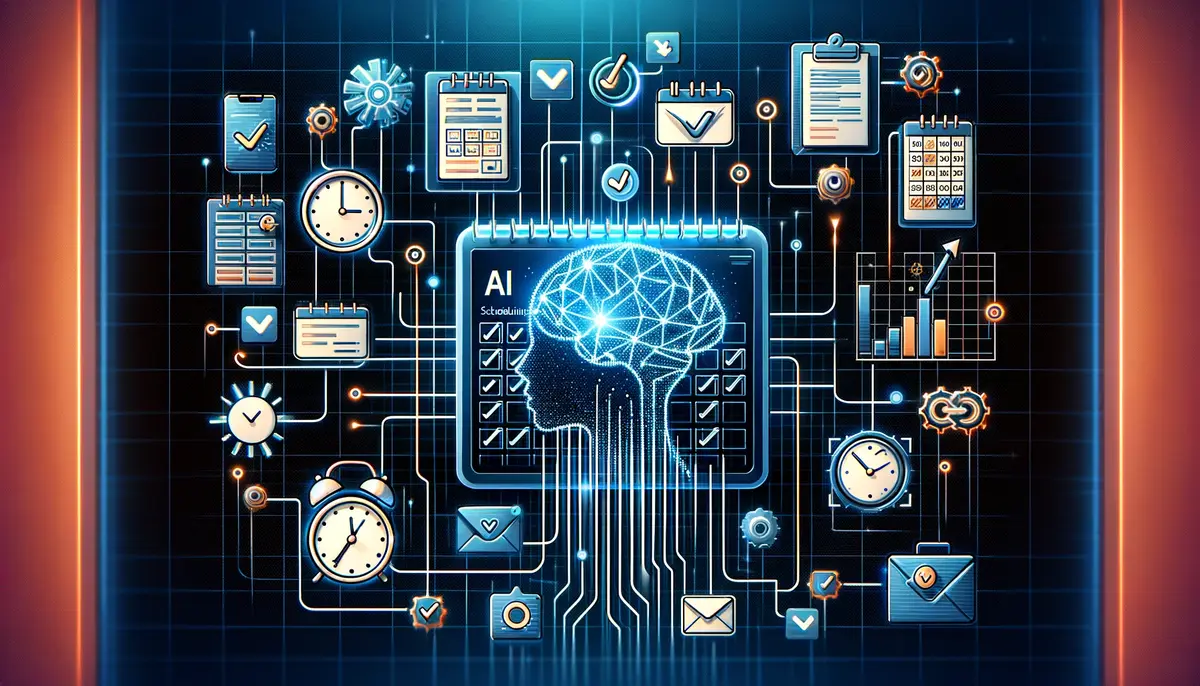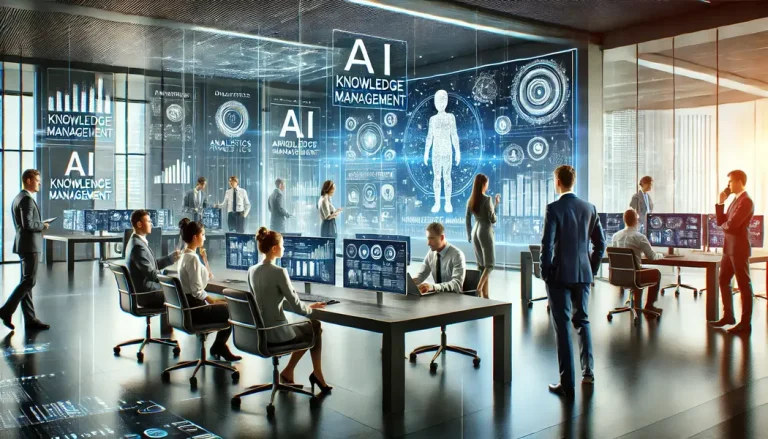Are you struggling to strike the right balance between flexibility and productivity in your scheduling processes? In today’s dynamic business environment, managing schedules efficiently while accommodating changing priorities and employee needs can be a daunting task. However, failing to find this balance can lead to decreased productivity and employee dissatisfaction. So, how can businesses effectively navigate the gap between flexibility and productivity in scheduling?
Enter AI schedulers.
Artificial Intelligence (AI) schedulers are revolutionizing the way businesses approach scheduling tasks. By leveraging advanced algorithms and data analytics, these schedulers offer a solution to the challenges posed by the gap between flexibility and productivity. But how exactly do AI schedulers achieve this, and what benefits do they bring to the table?
Let’s delve into the intricacies of AI schedulers, exploring how they bridge the gap between flexibility and productivity, and how businesses can harness their power to optimize scheduling processes.
The Dynamics of Flexibility and Productivity
Balancing flexibility and productivity is crucial for any organization striving for success. Flexibility allows businesses to adapt to changing circumstances, accommodate employee preferences, and respond to customer needs effectively. On the other hand, productivity ensures that tasks are completed efficiently and goals are achieved within the allotted time frame. However, finding the right equilibrium between these two dynamics can be challenging.
- Flexibility: Businesses need scheduling systems that can accommodate varying workloads, employee preferences, and unexpected changes.
- Productivity: Efficiency is key to achieving organizational goals and maximizing output while minimizing resources.
Read More: AI In Email Marketing: Personalizing Sales Messages At Scale
Overcoming Challenges and Considerations
While AI schedulers offer numerous benefits, they also present challenges that businesses must address to ensure successful implementation and adoption. From data privacy concerns to resistance from employees, understanding and mitigating these challenges is essential for maximizing the effectiveness of AI-driven scheduling solutions.
- Data Privacy: Protecting sensitive data is paramount when implementing AI schedulers, requiring robust security measures and compliance with data protection regulations.
- Employee Resistance: Addressing employee concerns and providing training and support are crucial for overcoming resistance to AI-driven scheduling solutions and ensuring successful adoption.
Future Trends in AI Scheduling
The future of AI scheduling holds exciting possibilities, with emerging technologies poised to further enhance flexibility, productivity, and efficiency in scheduling processes. From the integration of machine learning algorithms to the adoption of cloud-based scheduling platforms, businesses can expect continued innovation and advancement in AI-driven scheduling solutions.
- Machine Learning: Integration of machine learning algorithms enables AI schedulers to continuously learn and adapt to evolving scheduling needs and patterns.
- Cloud-Based Solutions: Cloud-based scheduling platforms offer scalability, flexibility, and accessibility, allowing businesses to streamline scheduling processes and improve collaboration across geographically dispersed teams.
Conclusion
In conclusion, AI schedulers represent a powerful tool for bridging the gap between flexibility and productivity in scheduling processes. By harnessing the capabilities of AI-driven optimization, businesses can achieve greater efficiency, employee satisfaction, and organizational success. As technology continues to evolve, the future of AI scheduling holds immense promise, offering opportunities for businesses to further enhance their scheduling processes and drive competitive advantage in the digital age.







